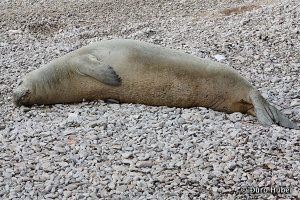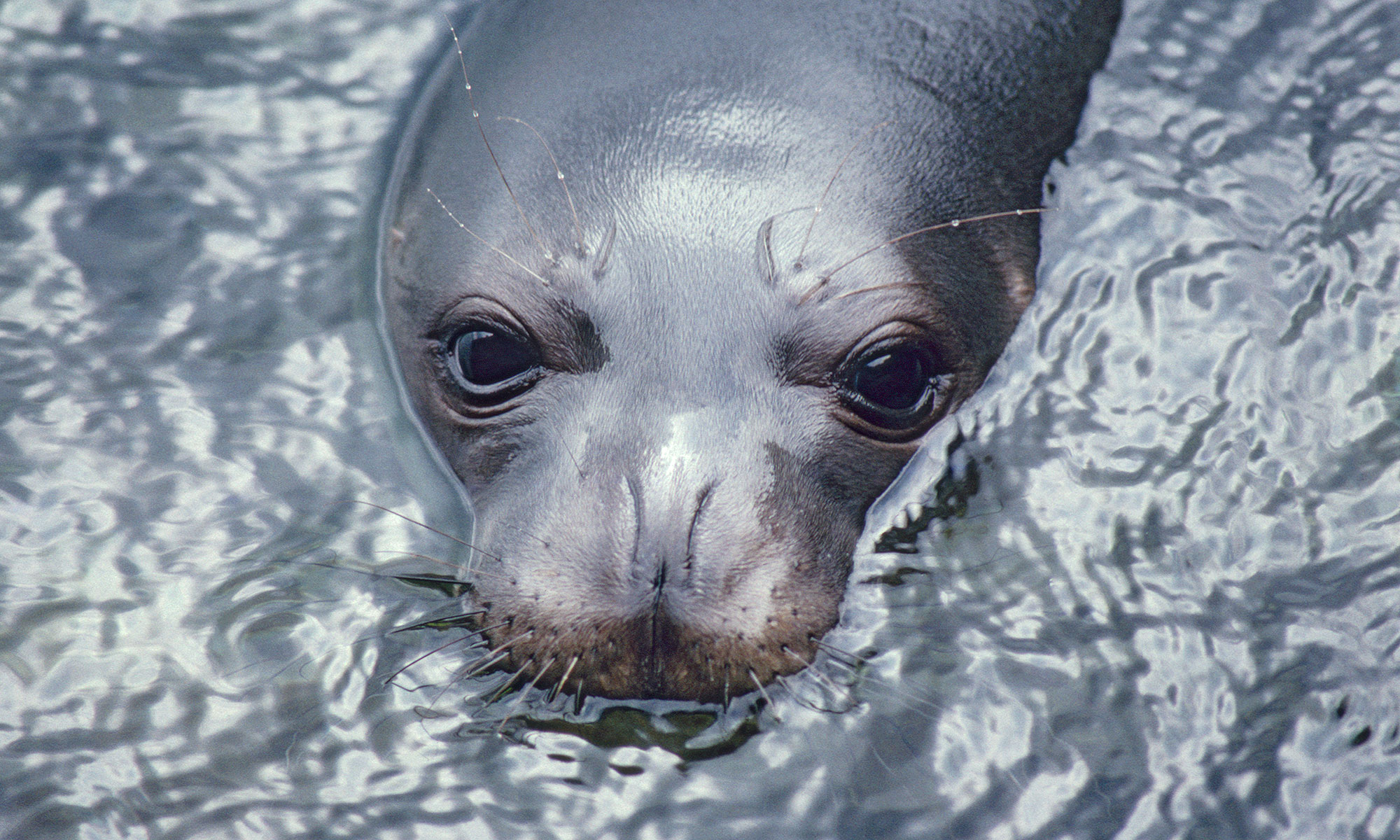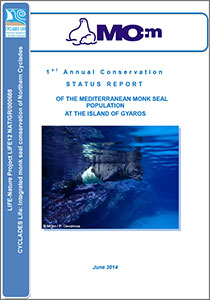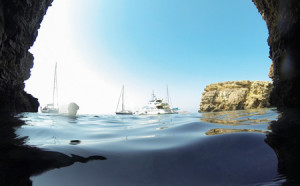by Prof. Dr Đuro Huber, Biology Department, Veterinary Faculty, Zagreb, Croatia
 The individual concerned was photographed for the first time on 08 March 2009 by the Monk Seal Group (Jasna Antolović, chair) in the Nature Park Kamenjak at the tip of the Istria peninsula. Confirmed sightings of the monk seal in the area started already in 2004. However, at that time the animal did not have the distinguishable scars on the base of the neck and the base of the hind left flipper. It can be stated that this animal stayed in the area at least for five years and probably almost for 11 years. Automatic cameras pictured her on many occasions in the meantime, but she was also seen several times around the island of Cres, as well. Continue reading “Note on an old female monk seal that died in Croatia in 2014”
The individual concerned was photographed for the first time on 08 March 2009 by the Monk Seal Group (Jasna Antolović, chair) in the Nature Park Kamenjak at the tip of the Istria peninsula. Confirmed sightings of the monk seal in the area started already in 2004. However, at that time the animal did not have the distinguishable scars on the base of the neck and the base of the hind left flipper. It can be stated that this animal stayed in the area at least for five years and probably almost for 11 years. Automatic cameras pictured her on many occasions in the meantime, but she was also seen several times around the island of Cres, as well. Continue reading “Note on an old female monk seal that died in Croatia in 2014”


 […] Unfortunately, the monk seal breeding season happens to coincide in part with the peak of the tourist season, a coincidence likely to result in making the seals even more endangered than they already are, as I had the opportunity of documenting yesterday in an undisclosed location of the Northern Dodecanese, in Greece.
[…] Unfortunately, the monk seal breeding season happens to coincide in part with the peak of the tourist season, a coincidence likely to result in making the seals even more endangered than they already are, as I had the opportunity of documenting yesterday in an undisclosed location of the Northern Dodecanese, in Greece.